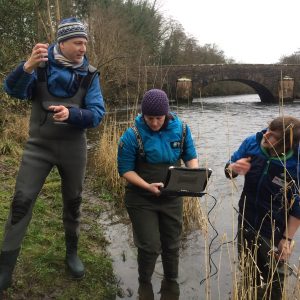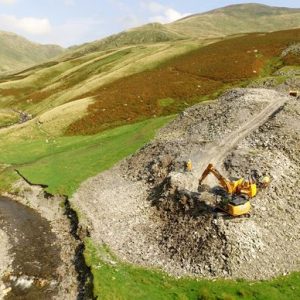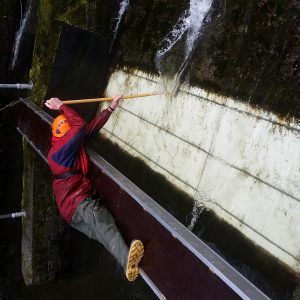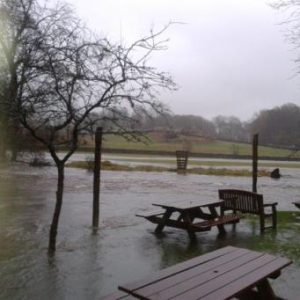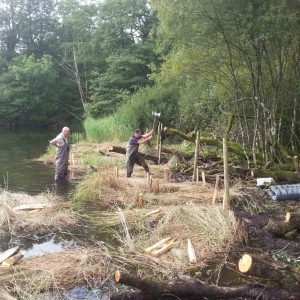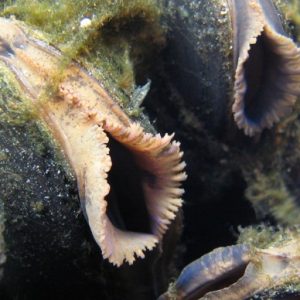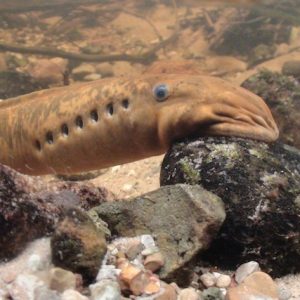Matt’s Blog 3
Hi everyone! I’m 6 weeks in now so it’s time for my third blog post. At the moment a large amount of my time is being spent on two projects. These are the project in the Winster and Gilpin catchment and the Freshwater Pearl Mussel project, so they will be the focus of this blog post. The Winster and Gilpin project is a 3-4 year habitat improvement project with the aim to identify and investigate issues in the catchments, and…


